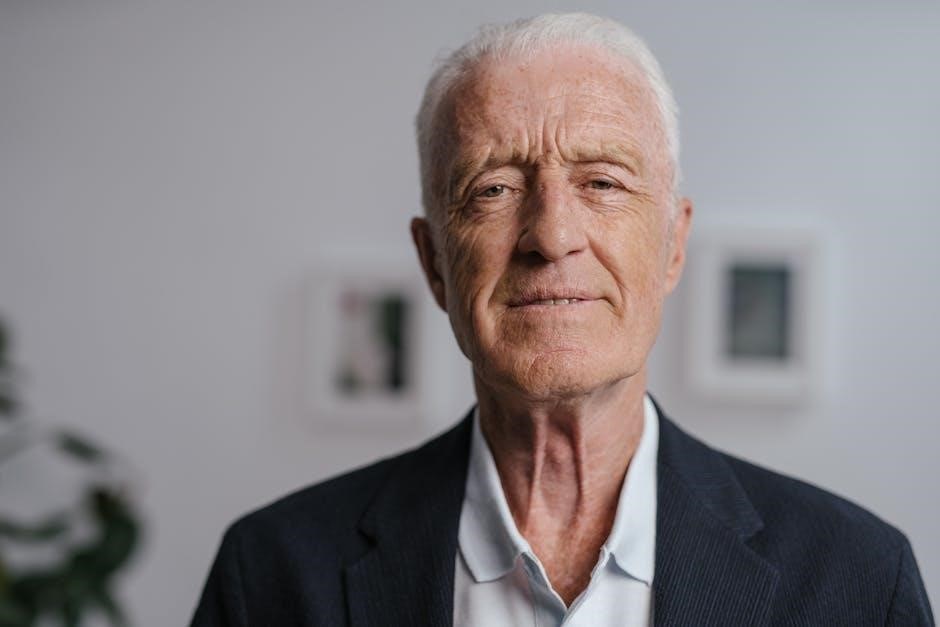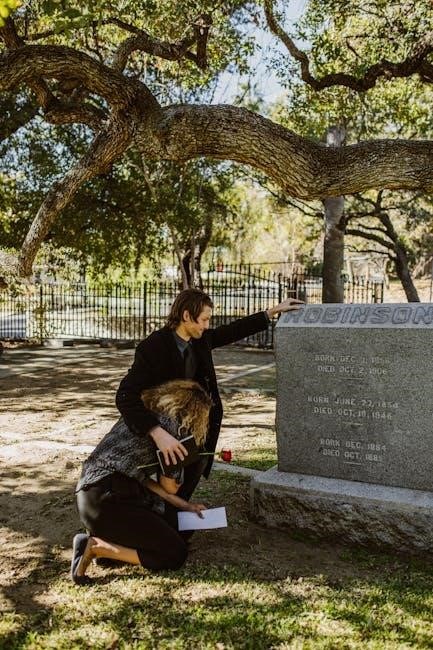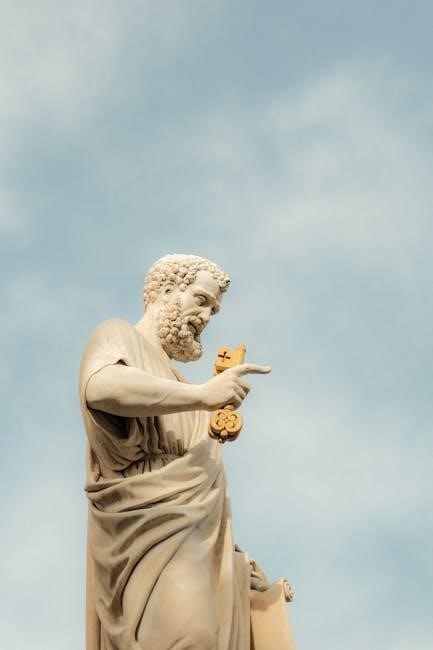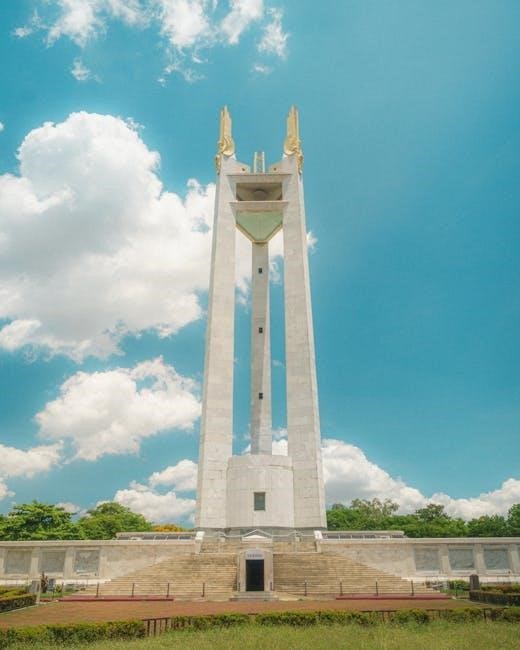
Life History of Apostle Paul

The Apostle Paul, a pivotal figure in early Christianity, profoundly shaped its trajectory. His life story, pieced together from his letters and the Book of Acts, reveals a complex individual dedicated to spreading the Gospel.

The Apostle Paul, originally known as Saul of Tarsus, stands as a monumental figure in the history of Christianity. His life, a transformative journey from a zealous persecutor to a devoted apostle, offers profound insights into the early Church and its expansion. Understanding Paul’s biography, compiled from his own letters and the Book of Acts, is crucial for comprehending the development of Christian theology and missionary work.
This exploration delves into the key aspects of Paul’s life, examining his background, conversion experience, missionary journeys, imprisonments, and ultimate legacy. By tracing his path, we gain a richer appreciation for his contributions to Christian thought and his enduring influence on the faith. Furthermore, studying Paul’s life provides valuable lessons for contemporary believers, inspiring us to embrace our own calling and effectively share the Gospel.
Early Life and Background
Saul, later known as Paul, was born in Tarsus, a city in Cilicia, Asia Minor, around the beginning of the first century AD. He was a Jew of the Diaspora, meaning he lived outside of Palestine and was fluent in Greek. His family was devout, belonging to the tribe of Benjamin.
Paul’s Jewish name was Saul. He possessed Roman citizenship, a significant advantage in the Roman Empire. He was both a scholar and a hard worker. This background shaped his worldview and equipped him with the skills necessary for his future ministry. He was raised in a devout Jewish family. Paul received formal education, likely in both Tarsus and Jerusalem.

Birth and Family
Born in Tarsus, a prominent city in Cilicia (modern-day Turkey), Saul, later known as Paul, entered a world bridging Jewish tradition and Hellenistic culture. His family, devout Jews of the tribe of Benjamin, instilled in him a strong religious foundation. They adhered to Jewish customs and traditions, shaping his early worldview.
His Jewish identity was central to his upbringing, influencing his values and beliefs. The family’s adherence to the Law of Moses formed the bedrock of his early understanding of God. Though details are scarce, it is evident that his family played a crucial role in shaping his initial religious perspective and preparing him for his future transformation. They were very religious and devout.
Education and Training
Paul’s education was multifaceted, reflecting his diverse background. He received formal Jewish education, likely learning Hebrew and studying the Scriptures diligently. His upbringing in Tarsus exposed him to Hellenistic culture, granting him fluency in Greek and familiarity with classical literature.
He was also trained in a trade, tentmaking, providing him with a means of self-sufficiency. His education extended to Jerusalem, where he studied under the renowned Gamaliel, a respected Pharisee teacher. This rigorous training equipped him with a deep understanding of Jewish law and theology. Paul was both a scholar and a laboring man. This dual expertise would later prove invaluable in his ministry.

Citizenship and Social Standing
Paul’s Roman citizenship was a crucial aspect of his identity and significantly impacted his life and ministry. As a Roman citizen by birth, likely inherited from his family in Tarsus, he possessed certain rights and privileges under Roman law. This afforded him protection against unjust treatment and the right to appeal to Caesar.
His social standing was further influenced by his Pharisaical background, which placed him within a respected and influential group in Jewish society. He also had the opportunity to use his knowledge and influence to advocate for himself. While his conversion to Christianity altered his religious affiliation, his citizenship remained a constant, playing a vital role in his travels, trials, and ultimately, his fate.
Conversion Experience
The Apostle Paul’s conversion is one of the most significant events in Christian history. Formerly known as Saul of Tarsus, a zealous persecutor of the early church, his life took a dramatic turn on the road to Damascus. While traveling to Damascus to suppress the Christian movement, Saul encountered a blinding light and heard the voice of Jesus.
This encounter led to his immediate conversion and transformation from an enemy of Christianity to one of its most ardent proponents. Blinded by the vision, he was led to Damascus, where Ananias, a disciple, healed him and baptized him. This pivotal moment marked the beginning of Paul’s new life dedicated to spreading the Gospel.
The Road to Damascus
The Road to Damascus is synonymous with a sudden and profound change. For Saul, a devout Jew and a Pharisee, this journey was meant to further persecute Christians. However, destiny had other plans. As he neared Damascus, a brilliant light from heaven flashed around him, causing him to fall to the ground.
A voice, which he recognized as Jesus, confronted him, asking, “Saul, Saul, why do you persecute me?” This encounter shattered Saul’s beliefs and set him on a new path. Blinded and humbled, he was led into Damascus, awaiting further instructions. This event marked the genesis of Paul’s transformation from persecutor to Apostle.
Immediate Aftermath of Conversion
Blinded by the celestial encounter on the Road to Damascus, Saul was led into the city, a stark contrast to his initial intentions. For three days, he remained without sight, food, or drink, lost in contemplation and prayer. This period of darkness symbolized his spiritual blindness before his conversion.
Ananias, a disciple in Damascus, received a vision instructing him to visit Saul. Initially hesitant, Ananias obeyed, laying his hands on Saul, restoring his sight. Immediately, something like scales fell from Saul’s eyes, and he could see again. He was then baptized, signifying his commitment to Christianity. This marked the beginning of his new life as Paul, the Apostle.
Early Years of Service
Following his transformative conversion and baptism, Paul embarked on his early years of service, laying the foundation for his extensive missionary work. He initially spent time in Damascus, boldly proclaiming Jesus as the Son of God in the synagogues, much to the astonishment and confusion of those who knew him as Saul, the persecutor.
Seeking a period of solitude and reflection, Paul ventured into Arabia, possibly spending time in prayer and deepening his understanding of the scriptures in light of his new faith. After some time, he returned to Damascus, continuing his ministry. These formative years were crucial in shaping his theological understanding and developing his passion for spreading the Gospel.
Ministry in Damascus and Arabia
After his dramatic conversion on the road to Damascus, Paul, formerly Saul, immediately began his ministry in Damascus. He astounded those who knew him as a persecutor of Christians by proclaiming Jesus as the Son of God in the synagogues. This sudden shift in allegiance caused considerable confusion and opposition.
Following his time in Damascus, Paul ventured into Arabia. The exact nature and duration of his stay in Arabia are not explicitly detailed in scripture, but it is believed to have been a period of reflection and spiritual preparation. This period was instrumental in shaping his understanding of his mission.
First Visit to Jerusalem after Conversion
After a period of ministry in Damascus and a subsequent sojourn in Arabia, Paul returned to Damascus. From there, he eventually made his way to Jerusalem, a significant event following his conversion. This visit marked his initial attempt to connect with the established Christian community in Jerusalem, which was initially skeptical of his transformation.
Barnabas, a respected member of the Jerusalem church, played a crucial role in introducing Paul to the apostles, vouching for the sincerity of his conversion and sharing accounts of his preaching in Damascus. This introduction helped to bridge the gap between Paul and the early church leaders.
Ministry in Tarsus and Antioch
Following his initial, somewhat uneasy, visit to Jerusalem, Paul ventured to the regions of Syria and Cilicia. This period included ministry in his hometown of Tarsus, where he likely engaged in spreading the Gospel among his own people. The duration and specific details of his ministry in Tarsus are not extensively documented, but it represented a crucial phase in his development as an apostle.
Later, Barnabas sought out Paul and brought him to Antioch, a thriving city with a growing Christian community. In Antioch, Paul and Barnabas worked together for a year, teaching and nurturing the believers.
Missionary Journeys
The Apostle Paul’s life is significantly defined by his extensive missionary journeys, ventures that propelled the spread of Christianity across the Roman world. Driven by a profound sense of calling and a desire to share the Gospel, Paul embarked on three major journeys, each spanning several years and covering vast distances.
These journeys took him to diverse regions, including Asia Minor, Greece, and beyond. He strategically targeted urban centers, establishing churches and nurturing nascent Christian communities. Paul’s missionary approach involved preaching in synagogues, engaging with Gentiles, and training local leaders to carry on the work.

First Missionary Journey
Paul’s first missionary journey, a pivotal expedition, marked a significant expansion of the early Christian movement. Accompanied by Barnabas and John Mark, Paul ventured from Antioch, strategically targeting Cyprus and regions of Asia Minor.
Their approach involved preaching in synagogues, engaging both Jews and Gentiles with the message of Jesus Christ. They faced various challenges, including opposition from local authorities and resistance to their teachings. Despite these obstacles, they established churches in cities such as Pisidian Antioch, Iconium, Lystra, and Derbe, nurturing nascent Christian communities.
Second Missionary Journey

Paul’s second missionary journey, a testament to his unwavering dedication, saw the expansion of Christianity into new territories. Departing from Antioch, Paul, now accompanied by Silas, traversed through regions of Syria and Cilicia, strengthening the churches already established.
Driven by a divine calling, they crossed over to Macedonia, initiating the Gospel’s proclamation in Europe. Key cities like Philippi, Thessalonica, and Berea became focal points of their ministry. Encountering both acceptance and opposition, Paul continued to preach with boldness, establishing new communities of believers and leaving an indelible mark on the landscape of early Christianity.
Third Missionary Journey
Paul’s third missionary journey, marked by a renewed sense of purpose, solidified his influence in the expanding Christian world. Beginning once again in Antioch, he systematically revisited the churches in Galatia and Phrygia, fortifying the faith of the believers.
His extended stay in Ephesus proved particularly fruitful, as the Gospel message resonated powerfully, leading to significant conversions and challenging the city’s entrenched pagan practices. However, this success also stirred opposition, culminating in a riot orchestrated by those whose livelihoods were threatened by the decline of idol worship, ultimately prompting Paul to depart for Macedonia and Achaia.

Imprisonment and Trial

Paul’s unwavering commitment to his faith ultimately led to his imprisonment and trial, a period marked by hardship and unwavering conviction. Arrested in Jerusalem amidst escalating tensions, he faced accusations of blasphemy and sedition, setting in motion a series of legal proceedings.
His imprisonment in Caesarea lasted for an extended period, during which he defended his beliefs before various Roman officials, including Felix and Festus. Recognizing the futility of seeking justice in Judea, Paul invoked his right as a Roman citizen to appeal his case to Caesar, a decision that would ultimately lead him to Rome and further trials.
Arrest in Jerusalem
Paul’s final visit to Jerusalem proved to be a turning point, marking the beginning of his imprisonment and subsequent trials. Driven by a desire to reconcile with the Jewish community, he participated in purification rituals at the Temple, hoping to dispel rumors of his alleged teachings against Jewish law and customs.
However, his presence in the Temple ignited a furious uproar among some Jews from Asia, who recognized him and falsely accused him of defiling the sacred space by bringing Gentiles into it. This sparked a violent mob that seized Paul, intending to kill him. Roman soldiers intervened to prevent his death, arresting him and taking him into custody, thus initiating the chain of events that would lead to his imprisonment.
Imprisonment in Caesarea
Following his arrest in Jerusalem, Paul was transferred to Caesarea, the Roman administrative center of Judea, for his safety. He remained imprisoned there for two years, during which time he faced multiple hearings before the Roman governors Felix and Festus. Jewish leaders repeatedly brought charges against him, accusing him of sedition, heresy, and disturbing the peace.
During these hearings, Paul skillfully defended himself, maintaining his innocence and emphasizing his commitment to both Jewish law and his belief in Jesus Christ. He asserted his Roman citizenship, a right that afforded him certain legal protections, including the right to appeal to Caesar. Despite the lack of solid evidence against him, the governors hesitated to release Paul, partly to appease the Jewish authorities.

Journey to Rome
Exercising his right as a Roman citizen, Paul appealed his case to Caesar, necessitating a journey to Rome. The voyage was perilous, marked by a severe storm that resulted in a shipwreck on the island of Malta. Despite the challenges, Paul demonstrated remarkable resilience and leadership, encouraging his fellow travelers and even performing miracles.
After three months on Malta, they resumed their journey, eventually arriving in Rome. Throughout the voyage, Paul’s faith remained unwavering, and his interactions with those around him served as a testament to the transformative power of the Gospel. The arduous journey underscored the lengths to which Paul was willing to go to fulfill his calling and share his message.
Ministry in Rome and Later Life
Upon arrival in Rome, Paul was permitted to live under house arrest, allowing him to continue his ministry. He welcomed visitors, preached the Gospel, and wrote letters that became integral parts of the New Testament. This period marked a significant chapter in Paul’s life, as he reached out to both Jews and Gentiles within the heart of the Roman Empire.
While the details of Paul’s later life remain debated, some traditions suggest further travels and ministry after his release from his first Roman imprisonment. These accounts hint at missionary work in Spain or other regions, further expanding his influence and spreading the Christian message beyond the borders of Rome.
First Roman Imprisonment
Paul’s initial Roman imprisonment marked a significant period in his life and ministry. Though confined, he was allowed a degree of freedom, enabling him to receive visitors and continue preaching the Gospel. It was during this time that Paul penned several of his influential letters, including Ephesians, Philippians, Colossians, and Philemon.
These letters provide invaluable insights into his theology and pastoral care, offering guidance and encouragement to various Christian communities. Despite the restrictions of his imprisonment, Paul’s spirit remained undeterred, and his ministry flourished through his writings and interactions with those who came to see him.
Later Travels and Ministry (Possible)
The details surrounding Paul’s activities following his first Roman imprisonment are shrouded in some uncertainty, with biblical accounts offering limited information. However, some historical traditions and interpretations of his letters suggest the possibility of further travels and ministry.
It is speculated that Paul may have journeyed to Spain, fulfilling a desire expressed in his letter to the Romans. Other accounts suggest he revisited churches he had previously established in the East, offering continued guidance and support. The extent and duration of these potential travels remain a subject of ongoing scholarly debate and theological consideration.
Death
The Apostle Paul’s death, though not explicitly detailed in the New Testament, is traditionally believed to have occurred in Rome around 67 AD during the reign of Emperor Nero. Historical accounts suggest he was martyred for his faith, likely by beheading, a method of execution reserved for Roman citizens.
His unwavering commitment to spreading the Gospel, even in the face of persecution, solidified his legacy as a pivotal figure in Christian history. Paul’s writings continue to inspire and influence believers worldwide, serving as a testament to his enduring impact on the development of Christian theology and practice.